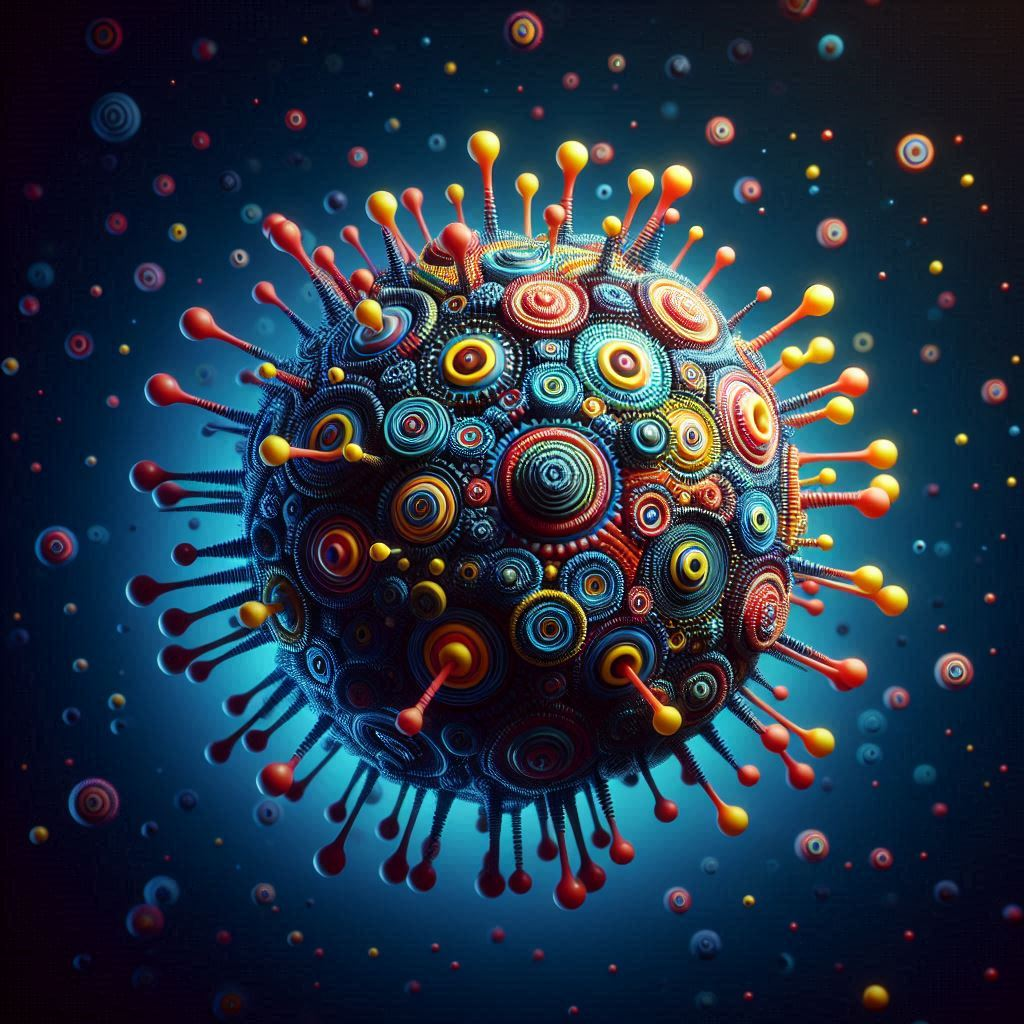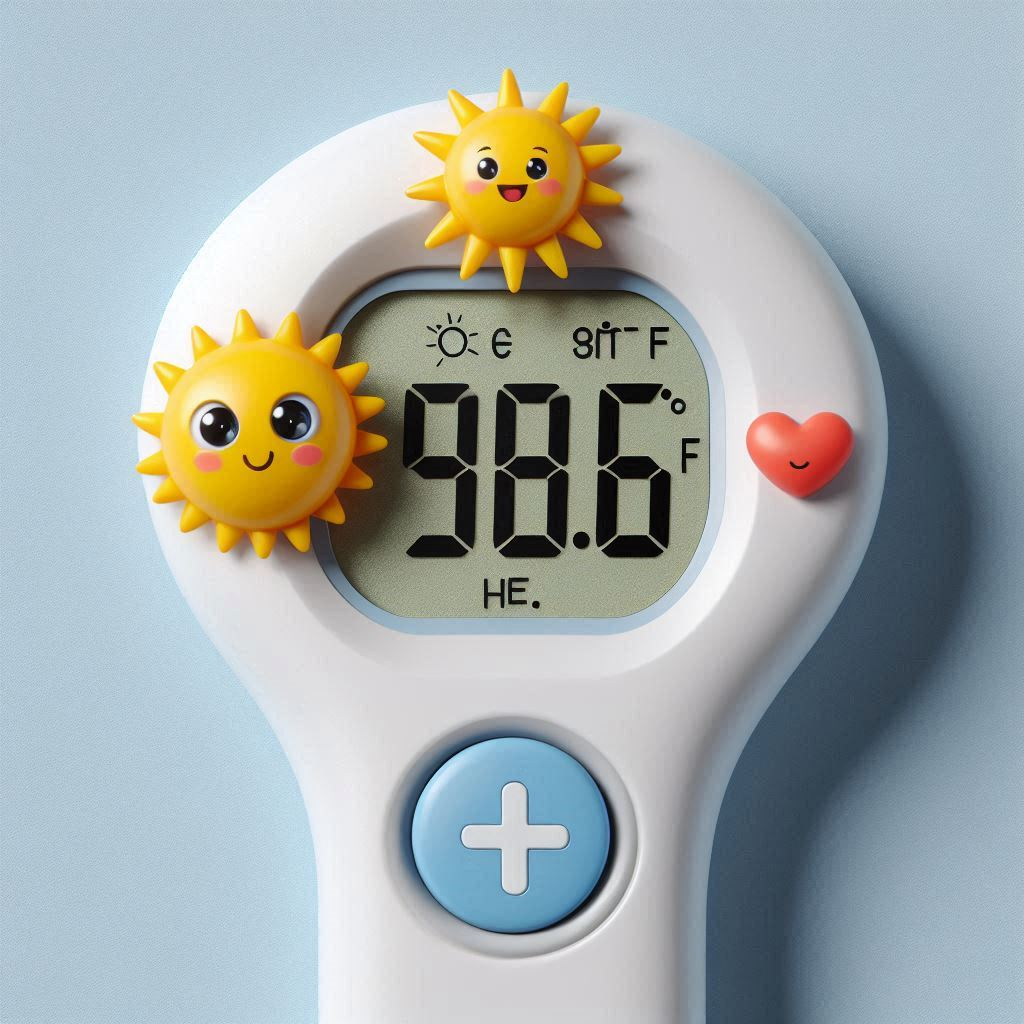What is chicken pox

Varicella, another name for chickenpox, is a highly contagious virus infection caused by the varicella-zoster virus (VZV). Although adults who have not received vaccinations or who have had the illness in the past may also contract it, children are the primary victims.
Causes
Here are the key points about the causes of chickenpox:
Virus: The varicella-zoster virus (VZV) is the causative agent of chickenpox. It is highly contagious and can spread from person to person through direct contact with respiratory droplets from an infected person, or through contact with fluid from chickenpox blisters.
Transmission: The virus primarily spreads through:

- Airborne Transmission: When infected individuals cough, sneeze, or talk, tiny droplets containing the virus can be inhaled by others nearby.
- Direct Contact: Touching the fluid from chickenpox blisters or coming into contact with objects contaminated with the virus can also transmit the infection.
Incubation Period: After exposure to the virus, the incubation period (time between exposure and onset of symptoms) typically ranges from 10 to 21 days. During this time, individuals can be contagious even before symptoms appear.
Viral Shedding: Infected individuals are contagious from about 1 to 2 days before the rash appears until all blisters have crusted over. This period usually lasts about 5 to 7 days after the rash first appears.
Risk Factors: Anyone who has not been vaccinated or previously had chickenpox can contract the virus. Children are commonly affected, but adults who have not had chickenpox or the vaccine are also at risk.
Reactivation: After a person recovers from chickenpox, the varicella-zoster virus remains dormant in nerve cells near the spinal cord and brain. It can reactivate later in life, causing shingles (herpes zoster), especially in older adults or individuals with weakened immune systems.
Symptoms
Initial Symptoms (Prodrome):

- Mild Fever: Often begins a day or two before the rash appears.
- Feeling Unwell: General malaise, fatigue, and sometimes headache.
Skin Rash:
- Red Spots: Initially, small red spots appear on the skin, usually on the face, chest, and back.
- Blisters: These red spots quickly develop into itchy, fluid-filled blisters (vesicles). The blisters can vary in size and are surrounded by a red base.
Distribution of Rash:
- The rash typically starts on the face and trunk, then spreads to other parts of the body, including the scalp, arms, legs, and mucous membranes (inside the mouth, throat, and genitals).
- The blisters may also appear in the eyes, which can cause discomfort and sensitivity to light.
Itching:
- The blisters and rash can be intensely itchy, leading to scratching, which may increase the risk of bacterial skin infections.

Other Possible Symptoms:
- Sore Throat: Especially if the rash affects the throat.
- Loss of Appetite: Due to discomfort and mild illness.
- Abdominal Pain: Occasionally seen in children.
- Coughing: Sometimes accompanies the respiratory phase of the infection.
Duration:
- The rash typically progresses through different stages: red spots, blisters, and finally crusts over within about 5 to 10 days.
- New crops of blisters can continue to appear for several days, prolonging the duration of symptoms.
Some ways to remove chicken pox marks
1. Natural Remedies:

- Aloe Vera: Known for its soothing properties, aloe vera gel can help in healing scars. Apply fresh aloe vera gel directly on the marks and leave it on for about 30 minutes before rinsing off with water.
- Lemon Juice: Rich in vitamin C, lemon juice has natural bleaching properties. Apply freshly squeezed lemon juice to the marks using a cotton ball, leave it on for 10-15 minutes, and then rinse off with lukewarm water.
- Coconut Oil: Massaging coconut oil onto the scars regularly can help improve their appearance over time due to its moisturizing and healing properties.
2. Over-the-Counter Treatments:
- Scar Removal Creams: Look for creams or gels containing ingredients like onion extract, vitamin E, or silicone, which are known to reduce the appearance of scars.
- Topical Retinoids: These can help in stimulating collagen production and speeding up the healing process of the skin.
3. Professional Treatments:
- Chemical Peels: Dermatologists can perform chemical peels to remove the outer layer of damaged skin, promoting new skin growth and reducing the appearance of scars.
- Microdermabrasion: This procedure involves exfoliating the skin using fine crystals or a diamond-tipped wand to remove the outer layer of skin, which can help improve the texture of chicken pox scars.
- Laser Therapy: Various types of laser treatments, such as fractional laser therapy, can target and reduce the appearance of scars by stimulating collagen production and resurfacing the skin.
4. Home Care:
- Consistent Skincare: Maintaining a good skincare routine with gentle cleansing and moisturizing can help in keeping the skin healthy and promoting healing.
- Sun Protection: Protecting your skin from the sun with sunscreen (SPF 30 or higher) is crucial as UV rays can darken scars and make them more noticeable.

5. Patience and Persistence:
- Time: It’s important to note that treating chicken pox scars takes time and consistency. Results may vary depending on the severity of the scars and the chosen treatment method.
- Consultation: For severe or stubborn scars, consulting a dermatologist is advisable. They can recommend the most suitable treatment option based on your skin type and the depth of the scars.
Impacts
Chickenpox (varicella) can have various impacts on individuals, ranging from mild to severe. Here are the key impacts associated with chickenpox:
- Mild Illness in Healthy Individuals:
- In healthy children, chickenpox is typically a mild illness characterized by fever, rash, and itching.
- Symptoms generally resolve on their own within 1-2 weeks with proper care and management of discomfort.
- Complications:
- Bacterial Infections: Scratching the itchy blisters can lead to bacterial skin infections, such as impetigo or cellulitis.
- Pneumonia: Particularly in adults or individuals with weakened immune systems, chickenpox can lead to pneumonia, which can be severe.
- Encephalitis: Inflammation of the brain (encephalitis) is a rare but serious complication of chickenpox.
- Other Neurological Complications: Such as cerebellar ataxia or transverse myelitis, though these are very rare.
- Dehydration: Especially in young children or those who have difficulty swallowing due to mouth sores.
- Impact on Pregnancy:
- Chickenpox during pregnancy can lead to congenital varicella syndrome in the unborn child, causing birth defects such as limb abnormalities, skin scarring, and neurological problems.
- Shingles (Herpes Zoster):
- After recovering from chickenpox, the varicella-zoster virus remains dormant in nerve cells. It can reactivate later in life, causing shingles (herpes zoster), characterized by painful skin rash and blisters along a specific nerve pathway.
- Hospitalization and Mortality:
- Severe cases of chickenpox, especially in adults or individuals with compromised immune systems, can require hospitalization and may be fatal.

FAQ (frequently asked questions)
Q: How long do chicken pox marks take to fade on their own? Ans: Chicken pox marks typically fade over time, but it can take several weeks to months for them to completely disappear, depending on the severity of the marks and your skin type.
Q: Are there any home remedies to speed up the fading process of chicken pox marks? Ans: Yes, several home remedies can help fade chicken pox marks faster. These include applying aloe vera gel, lemon juice, coconut oil, or vitamin E oil directly to the marks.
Q: Can over-the-counter creams or medications help with chicken pox marks? Ans: Yes, there are over-the-counter creams and ointments containing ingredients like hydroquinone, alpha hydroxy acids (AHAs), or retinoids that can help lighten chicken pox marks. However, it’s essential to use them carefully and follow the instructions provided.
Q: When should I consider seeking professional treatment for chicken pox marks? Ans: If home remedies and over-the-counter treatments haven’t provided satisfactory results after several months, or if the marks are particularly deep or extensive, you may want to consult a dermatologist. They can offer treatments like chemical peels, microdermabrasion, laser therapy, or steroid injections to help improve the appearance of the marks.
Q: How can I prevent chicken pox marks from forming in the first place? Ans: To minimize the risk of developing permanent marks from chicken pox, avoid scratching the blisters during the infection. Keep the affected areas clean and dry, and use soothing lotions or oatmeal baths to reduce itching.
Q: Are there any natural remedies I can use alongside medical treatments? A: Yes, natural remedies like applying honey, cucumber juice, or rosehip oil can complement medical treatments and help nourish the skin while reducing inflammation and promoting healing.
Q: Can chicken pox marks return after they’ve faded? Ans: Once chicken pox marks have faded, they typically do not return. However, new marks may develop if you scratch or irritate your skin during the healing process.
Conclusion
Dealing with chicken pox marks can be challenging, but with the right care and treatments, you can significantly improve their appearance or even eliminate them entirely. Remember to be gentle with your skin, stay consistent with your chosen treatments, and seek professional advice if needed. With patience and proper care, smooth and clear skin can be within your reach once again.
Table of Contents
Read more about chicken pox
Go and visit dusearchit.in and get more knowledge about others topics.
